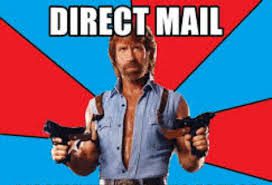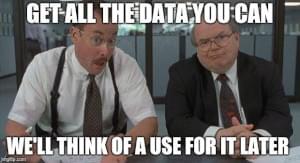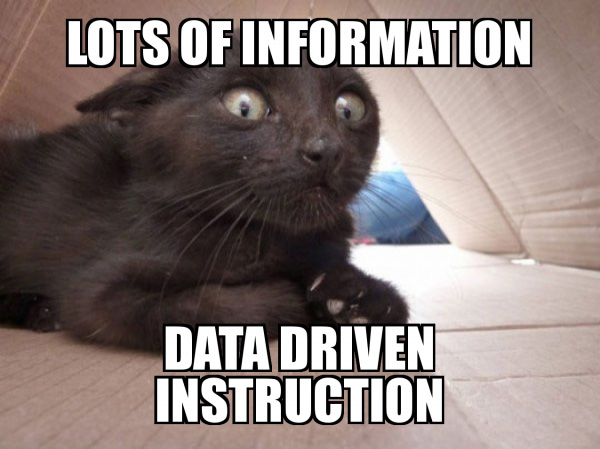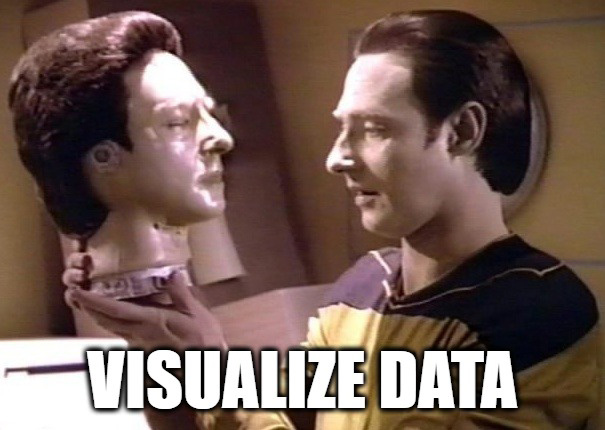Understanding Demand Generation
Demand generation is a marketing strategy focused on creating awareness and interest in a company’s products or services. It encompasses various tactics aimed at driving engagement and nurturing prospects through the sales funnel.
Example in a Sentence:
The marketing team implemented a demand generation campaign to increase awareness and attract potential customers to their new software solution.
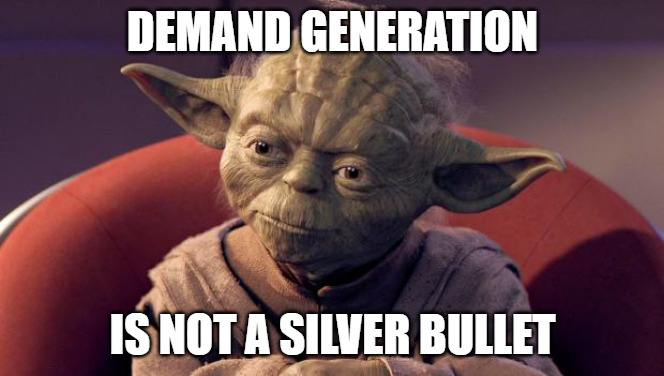
Why Demand Generation Is Essential
Implementing demand generation offers several key benefits:
- Increased Brand Awareness: By promoting content and engaging with potential customers, companies can enhance their visibility in the market.
- Higher Quality Leads: Demand generation focuses on attracting individuals genuinely interested in the product or service, leading to more qualified leads.
- Shortened Sales Cycles: Educated and engaged prospects are more likely to move through the sales process more quickly.
- Improved Customer Relationships: Consistent and valuable interactions help build trust and establish long-term relationships with customers.
Key Components of Demand Generation
- Content Marketing: Creating and distributing valuable content to attract and engage a target audience.
- Inbound Marketing: Strategies that draw customers in by providing relevant and helpful information.
- Lead Nurturing: Developing relationships with potential customers at every stage of the sales funnel.
- Marketing Automation: Utilizing software to automate marketing actions and streamline processes.
- Data Analysis: Measuring and analyzing data to inform and optimize marketing strategies.
More Definitions
(From the Sales & Marketing Jargon Encyclopedia)
- Account-Based Advertising
A B2B marketing strategy that targets specific high-value companies with personalized ad campaigns. Instead of casting a wide net, it focuses on engaging key decision-makers within target accounts.
Read more › - Lead Generation
The process of identifying and cultivating potential customers for a business or organization. This can involve various marketing and sales tactics.
Read more › - Reverse Marketing
A strategy where customers seek out a company rather than the company actively pursuing customers. Instead of advertising directly, businesses strive to create value-driven content, build strong brand reputations, and build customer trust, encouraging potential customers to initiate contact.
Read more › - Content Discovery
The process of finding, recommending, and consuming relevant digital content based on user preferences, behavior, and interests. Businesses and marketers use content discovery to enhance user engagement, increase brand visibility, and provide personalized experiences.
Read more › - B2B Marketing Automation
The use of software to automate marketing processes specifically for business-to-business interactions. This includes managing leads, segmenting audiences, and nurturing prospects through automated workflows.
Read more ›
Useful Posts
(From the Sales Funnel Professor Blog)
- Understanding B2B Sales Funnels: Definitions and Examples
An exploration of B2B sales funnels, their stages, and real-world applications to enhance conversion rates and customer relationships.
Read more › - How to Find Low-Hanging Fruit in Sales & Marketing
Strategies for identifying and capitalizing on immediate opportunities to boost sales and marketing effectiveness.
Read more ›





